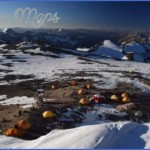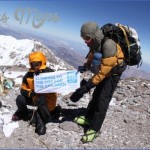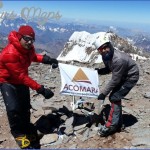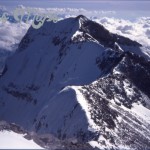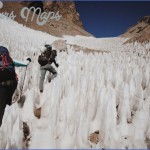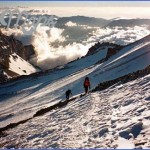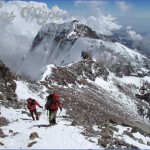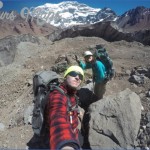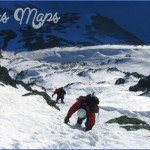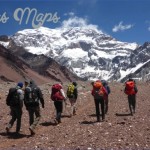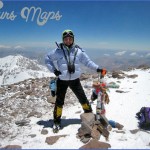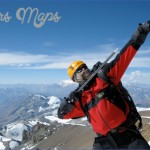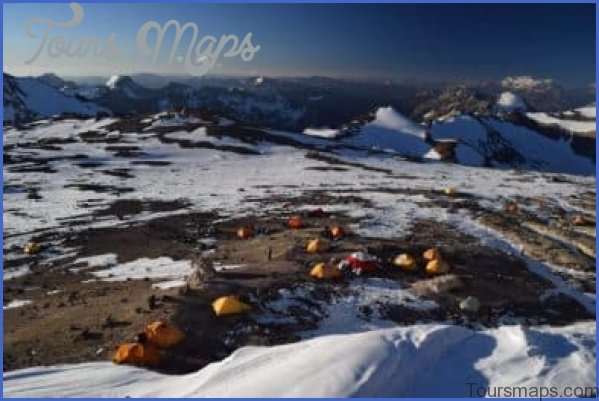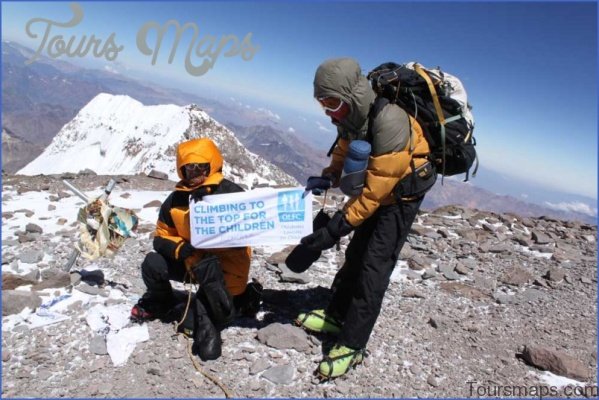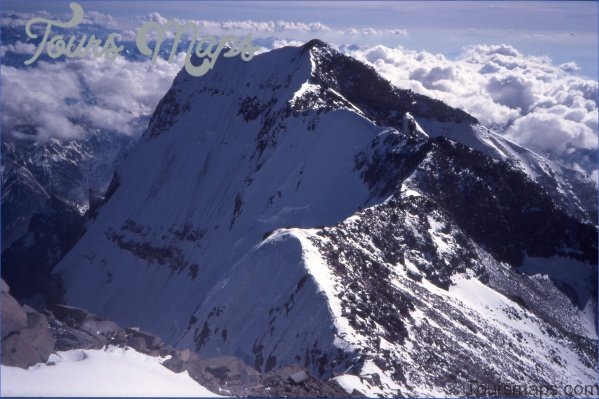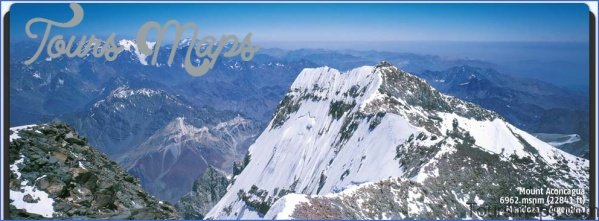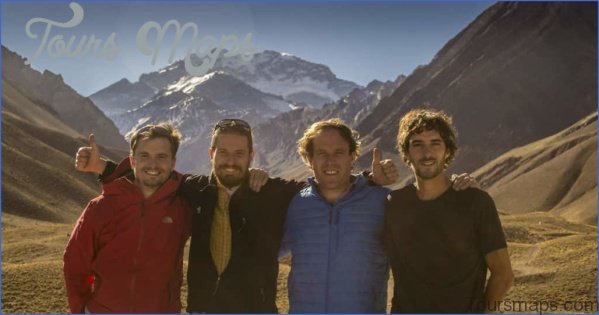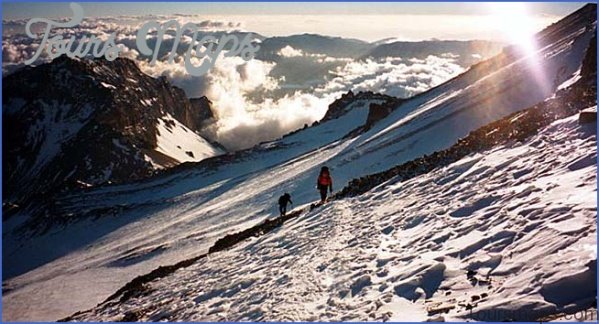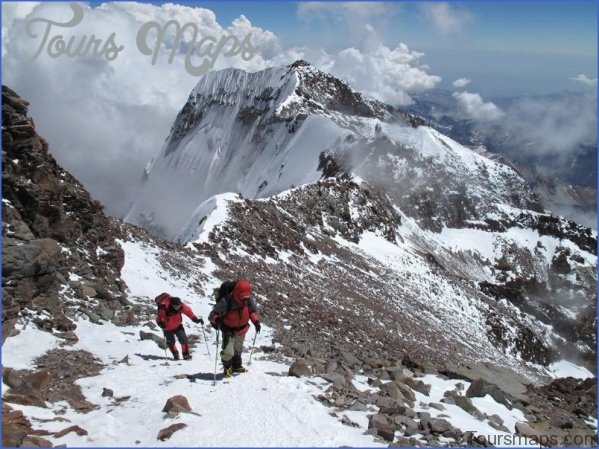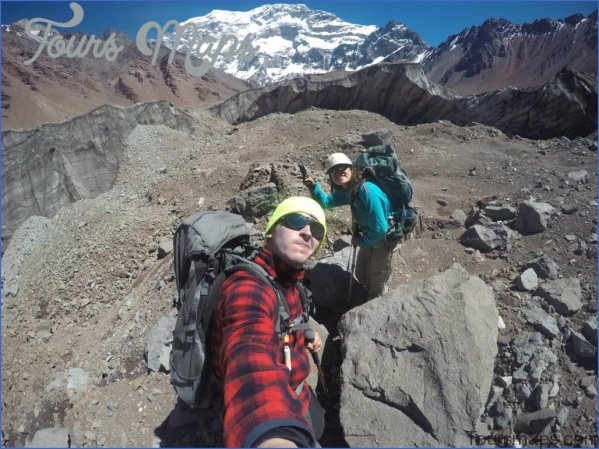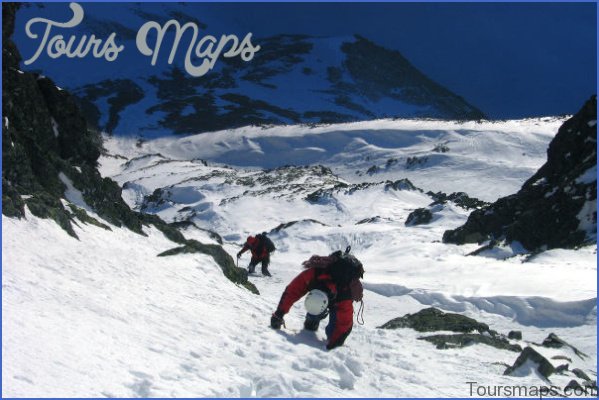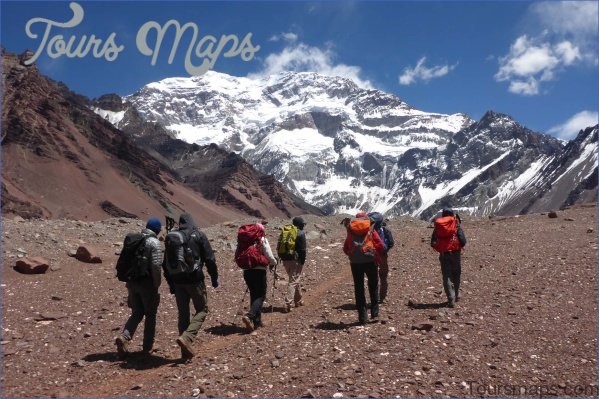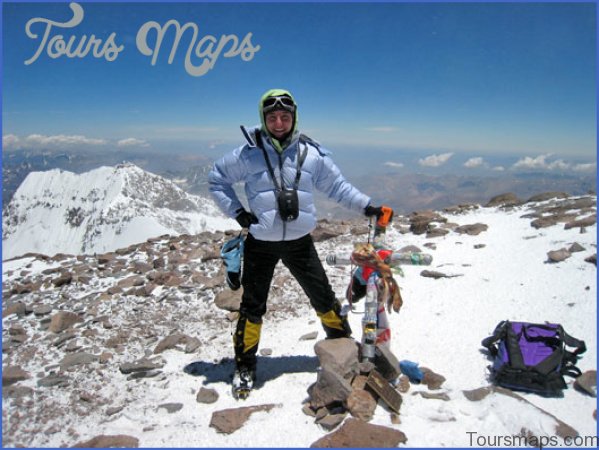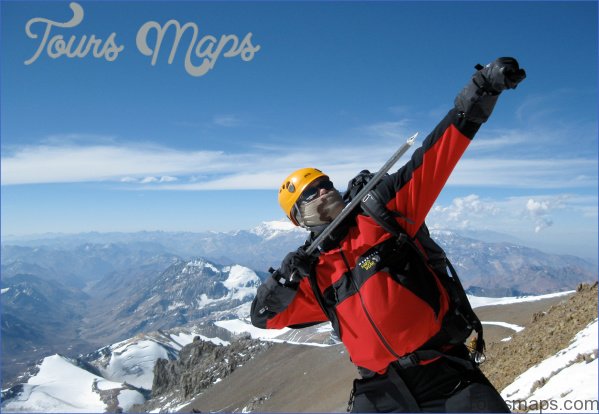All You Need To Know About Climbing Aconcagua
Aconcagua is one of the peaks in the Andes mountain range located in the Mendoza province in Argentina. The mountain range makes up the Aconcagua Provincial Park. The park is a popular tourist destination for tourists who enjoy hiking, skiing and mountain climbing. The Aconcagua mountain is the tallest peak of the Andes mountain range with the highest elevation point standing at 6,960.8 m (22,837 ft). This makes it a great challenge for tourists and travelers alike who love and enjoy mountain climbing.
All You Need To Know About Climbing Aconcagua Photo Gallery
Mountain climbing is a unique sport in the sense that it is not for the faint hearted and requires a lot of mental and physical preparation. Those who take part in mountaineering need to have some technical skills and expertise to help survive during ascent.
There are few things to keep in mind before embarking on your ascent of Mount Aconcagua:
1. Timing: Before you travel to Argentina, find out the best time to climb the mountain.Usually the ideal time would be between November and March as the weather is ideal for climbers.
2. Decide on the route you would love to use to scale the mountain. There are two routes normally used to climb the mountain. The normal route which is usually ascended through the North-Eastern ridge and takes at least 20 days to reach the peak. The Polish Transverse is another possible route to use and its roughly estimated to take around 17 days. There are other more difficult routes for experienced and professional climbers who have vast rock and ice climbing experience.
3. Gear: Once you’ve decided on the route you want to use to climb the mountain, the next thing is to buy the appropriate gear and equipment. Appropriate clothing such as gloves, parka clothing for expeditions, balaclava and safety helmet are important. Climbing equipment such as an ice axe, crampons, ski poles, trekking shoes, mountain climbing double boots and a sleeping bag suitable for cold weather. Pack a small survival kit with bandages, pocket knife, lip cream and sun screen it might come in handy.
4. Preparation before the climb: In order not to put your life at risk; physical fitness is key before you climb the mountain. Ensure that prior to your climb you prepare your body by doing exercises such as weight lighting as this will prepare your back to carry a heavy backpack. Cycling is a great way to tone your calf muscles as it will make it less grueling when climbing the mountain.
Altitude sickness is the main cause of many climbers not been able to finish their climb. So, acclimatize your body when you embark on your climb.
5. Organize a permit: A permit is required for climbers to ascend the mountain. So, liaise with the tour company organizing to take care of this.
6. Organize climbing guides: If you are not an experienced climber or ifit’s your first-time mountain climbing, it is important to pay for a guide to take youup the mountain. Guides are High Altitude Trekking Experts and will ensure your safety and will give you essential survival tips and this can be the difference between life and death.
Maybe You Like Them Too
- Explore Doncaster, United Kingdom with this detailed map
- Explore Arroyito, Argentina with this Detailed Map
- Explore Belin, Romania with this detailed map
- Explore Almudévar, Spain with this detailed map
- Explore Aguarón, Spain with this detailed map

